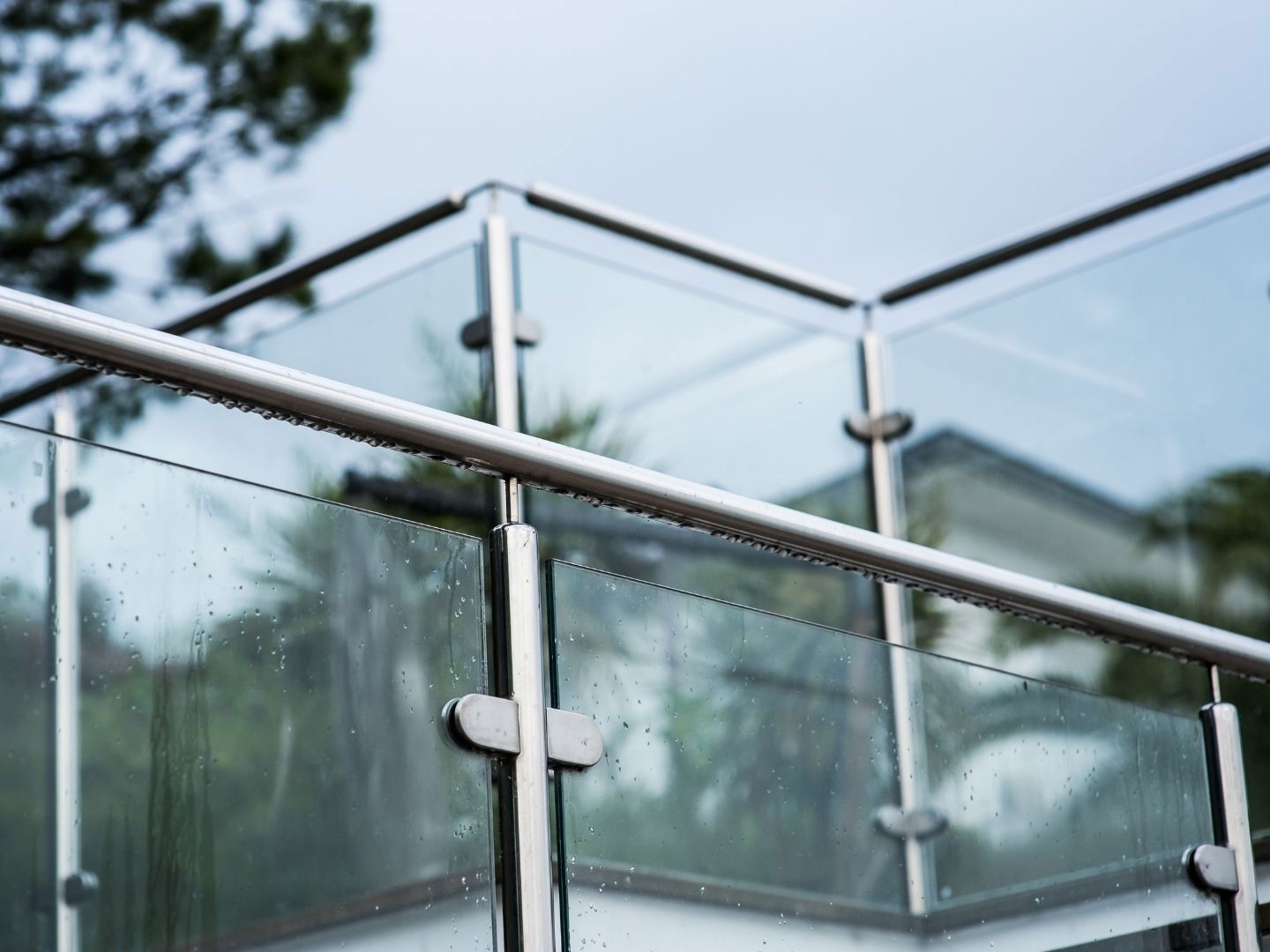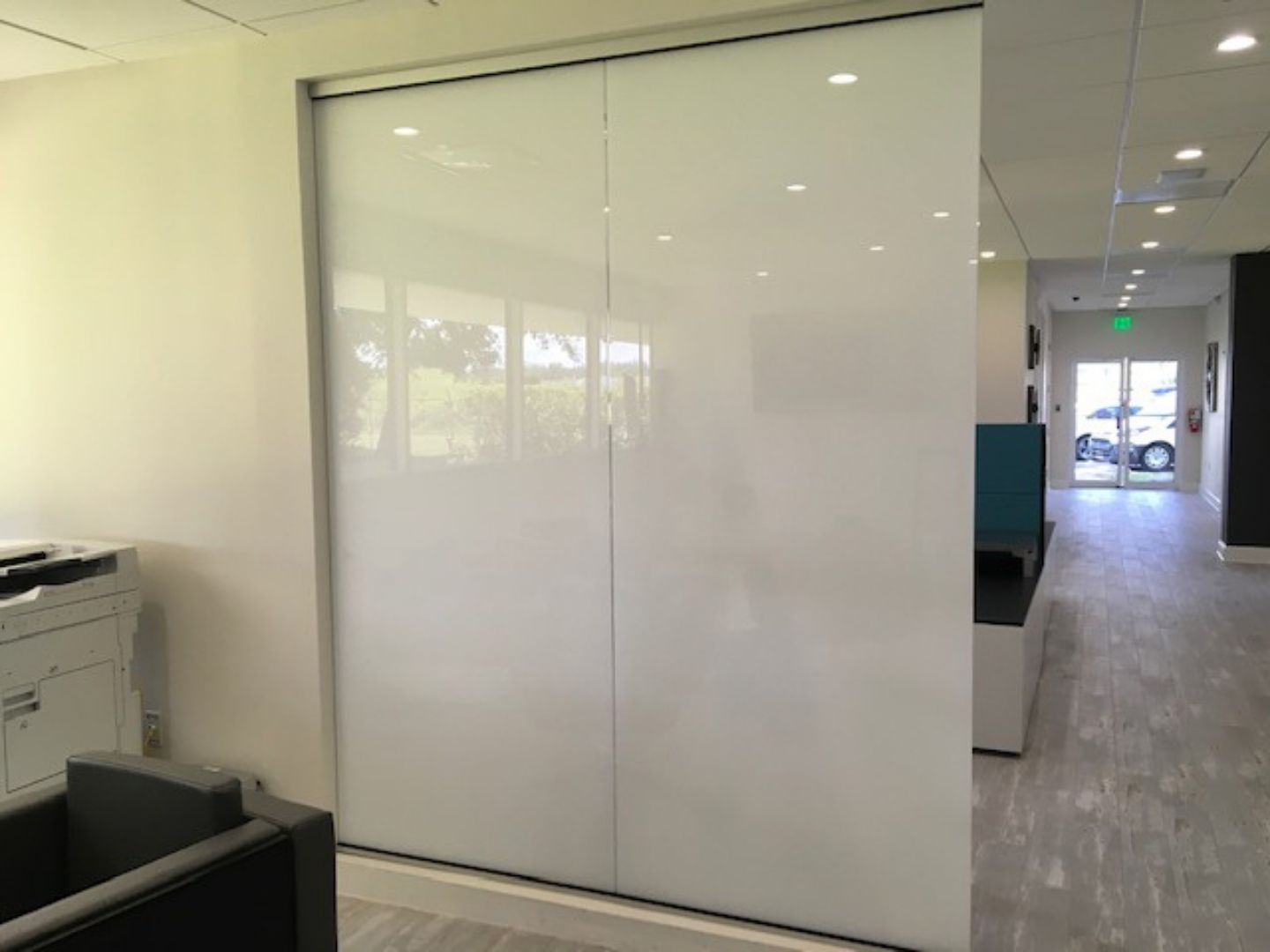Qingdao Globalstar Glass Co., Ltd.
Office address: No.6 Shandong Road, Qingdao,China
Factory address : No.656 Yuhai Road,Chengyang District,Qingdao,China.
View More >What is the difference between Tempered Versus Laminated glass?
January 27, 2022Glass is tempered when it is heated up and cooled very rapidly, known as quenching. Quenching cools the outer surfaces of the glass much more quickly than the center. As the center of the glass cools, it tries to pull back from the outer surfaces. As a result, the center remains in tension, and the outer surfaces go into compression, which gives tempered glass its strength. When tempered glass is broken, it breaks into small pieces instead of large shards. Tempered glass is also referred to as toughened glass.
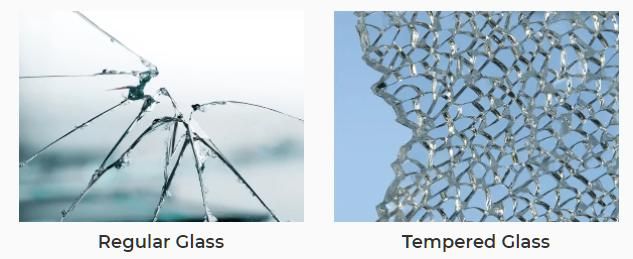
Tempered versus Laminated Glass
Laminated glass, consisting of two pieces of glass and an interlayer, is an exceptionally durable, high-performance glazing product, designed to remain integral in the opening should the glass break. Laminated glass can be made up of annealed glass or tempered glass, depending on the application.
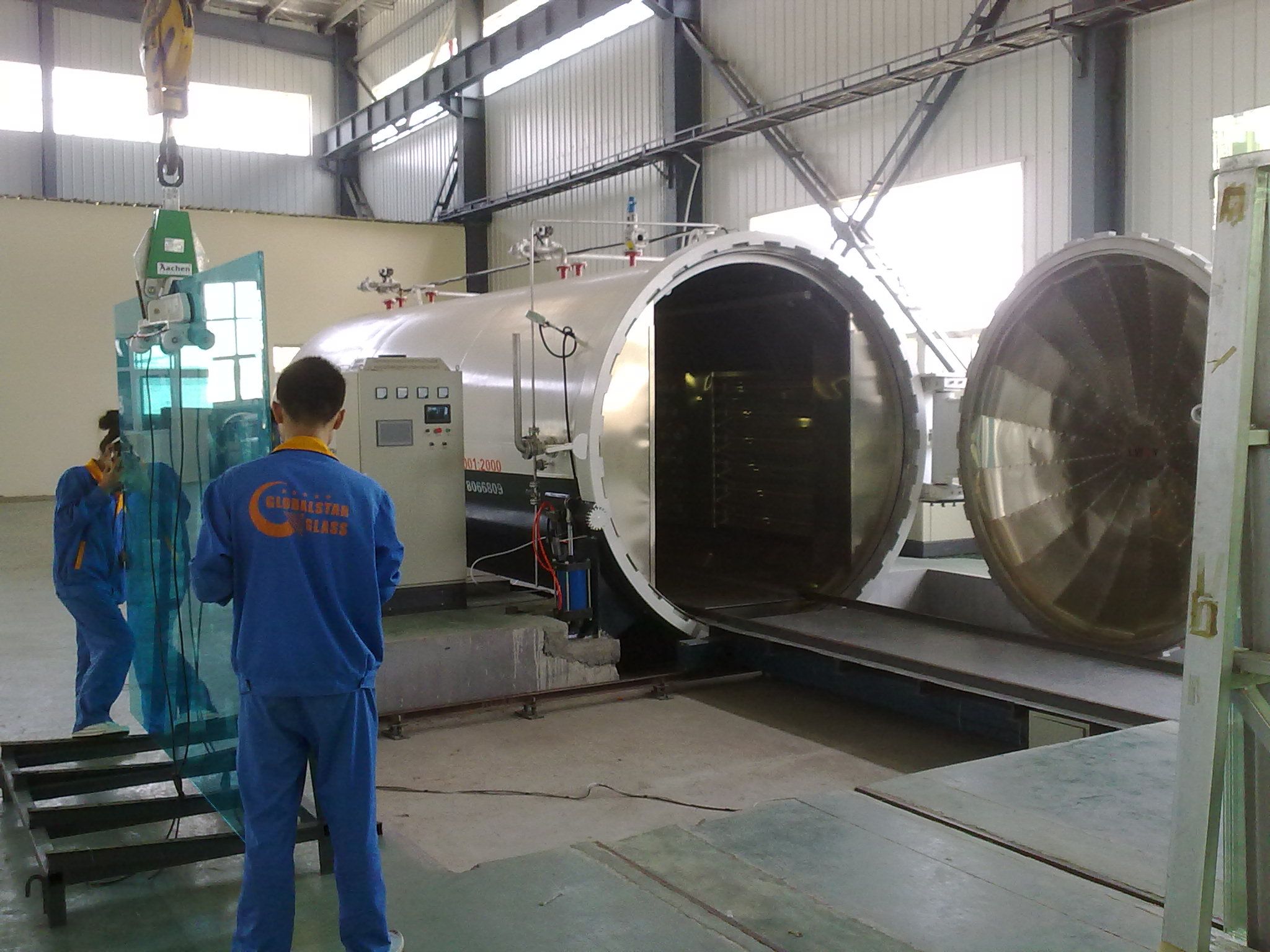
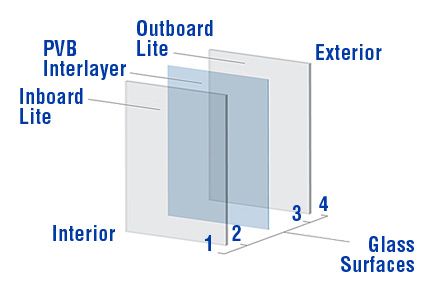
TEMPERED LAMINATED GLASS
For those who want to take the structural rigidity and strength a notch higher, the tempered laminated glass is one of the strongest forms of laminated glass available in the market.
Individual panes of glass are rapidly cooled in a process called quenching after heating. After laminating together individual panes of tempered glass, tempered laminated glass emerges to be up to 10 times stronger than regular glass. With the strength of tempering and the safety feature of laminated glass; you finally get a blend you have been waiting for.
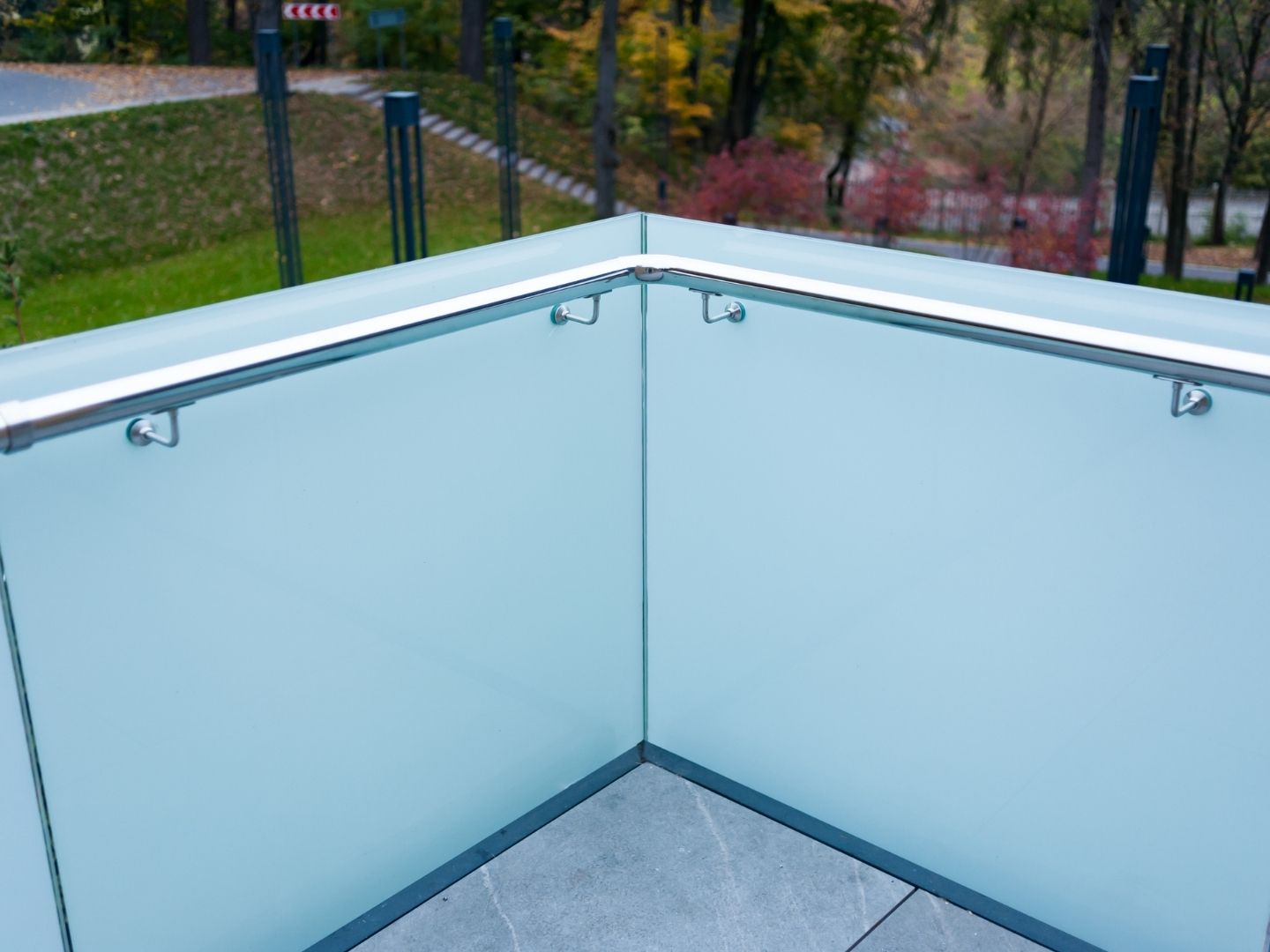

There are several advantages of using tempered laminated glass. If broken, the tempered glass breaks into small pieces, and since the tempered glass is laminated, these small pieces remain mostly in place. This factor is what makes this form of glass a perfect fit for high-rise railings, skywalks, skylights, bathroom door panels and wall cladding.
Get the aesthetics you want, without compromising on safety and strength – what more could one desire to uplift their property's ambiance? Tempered Laminated Glass
